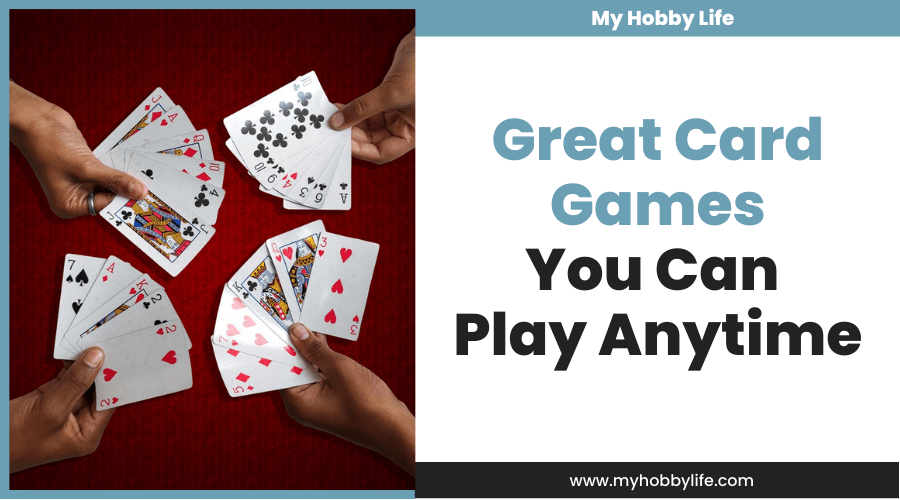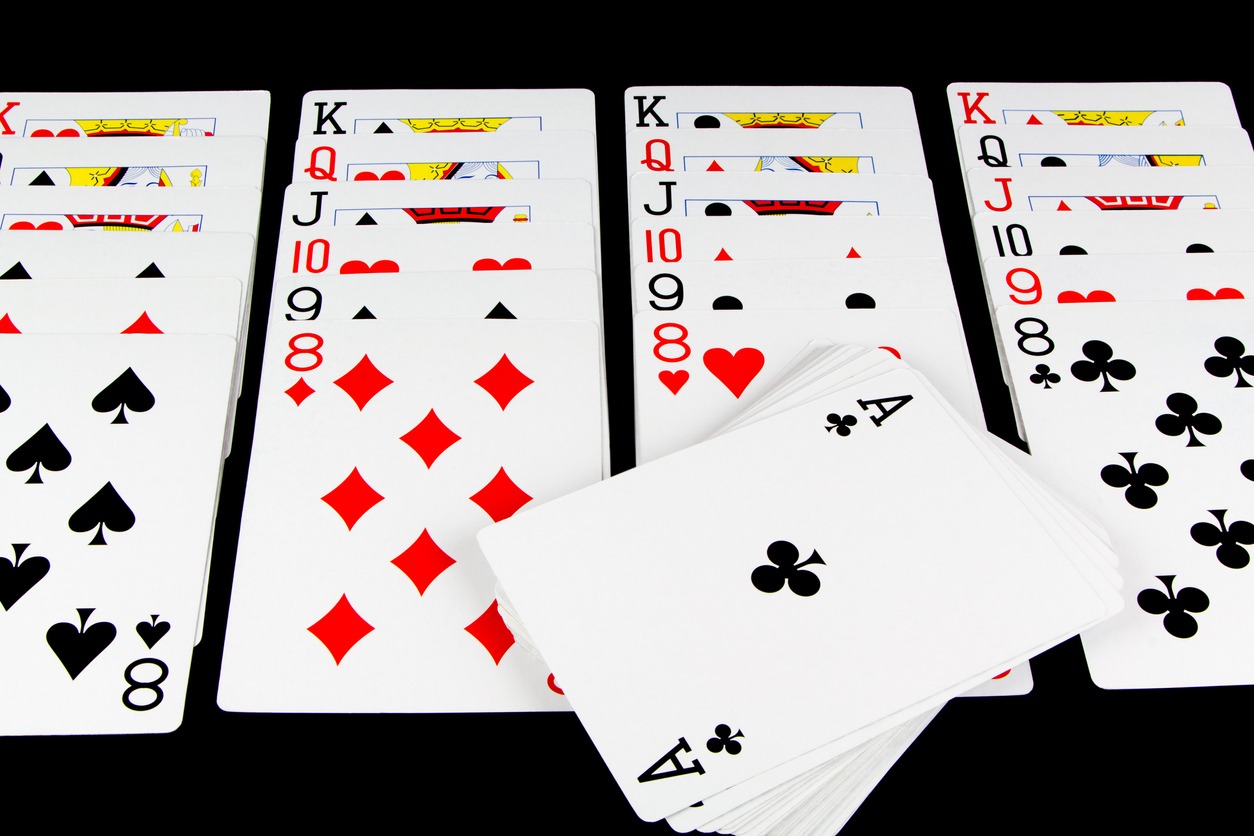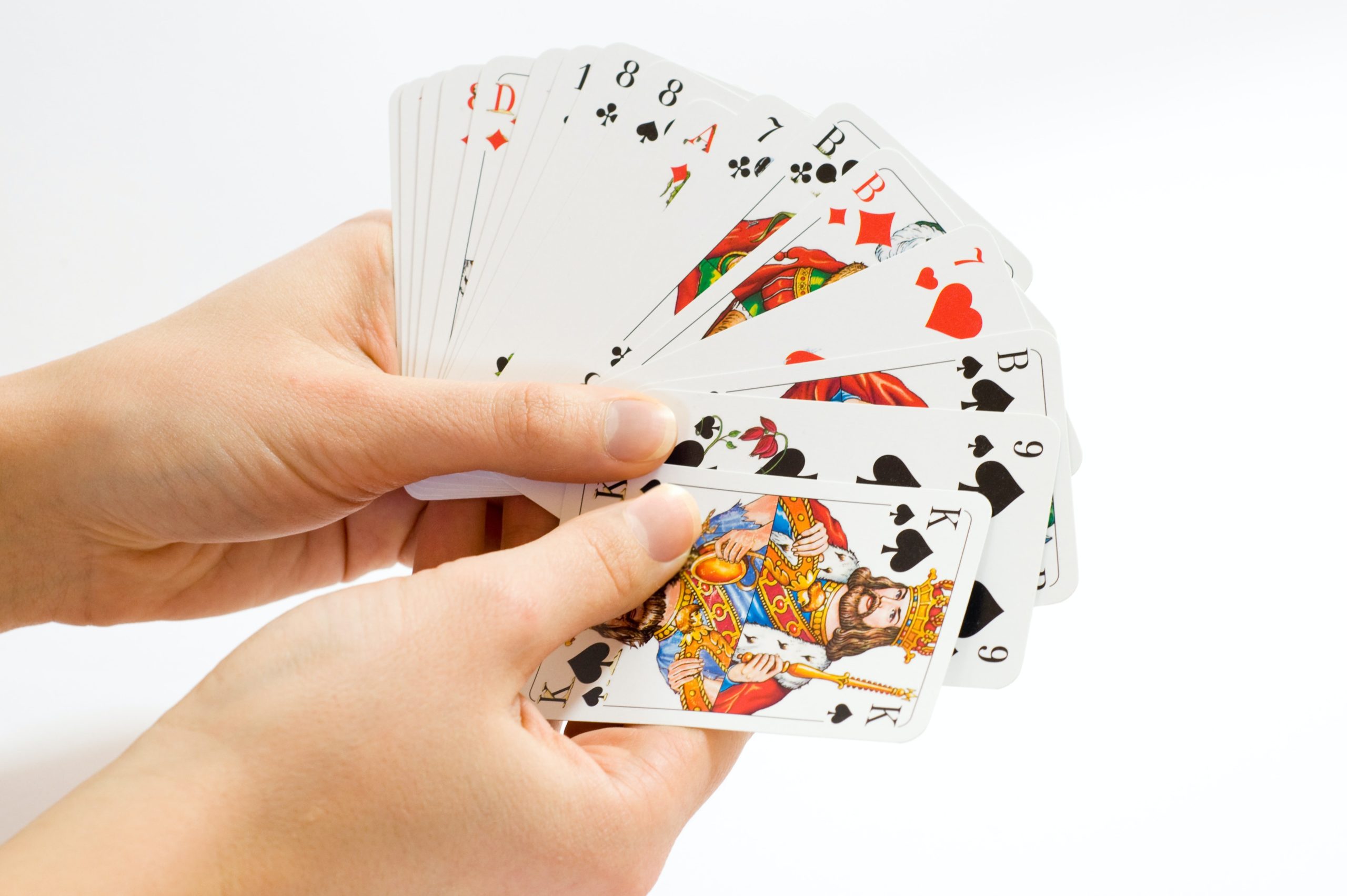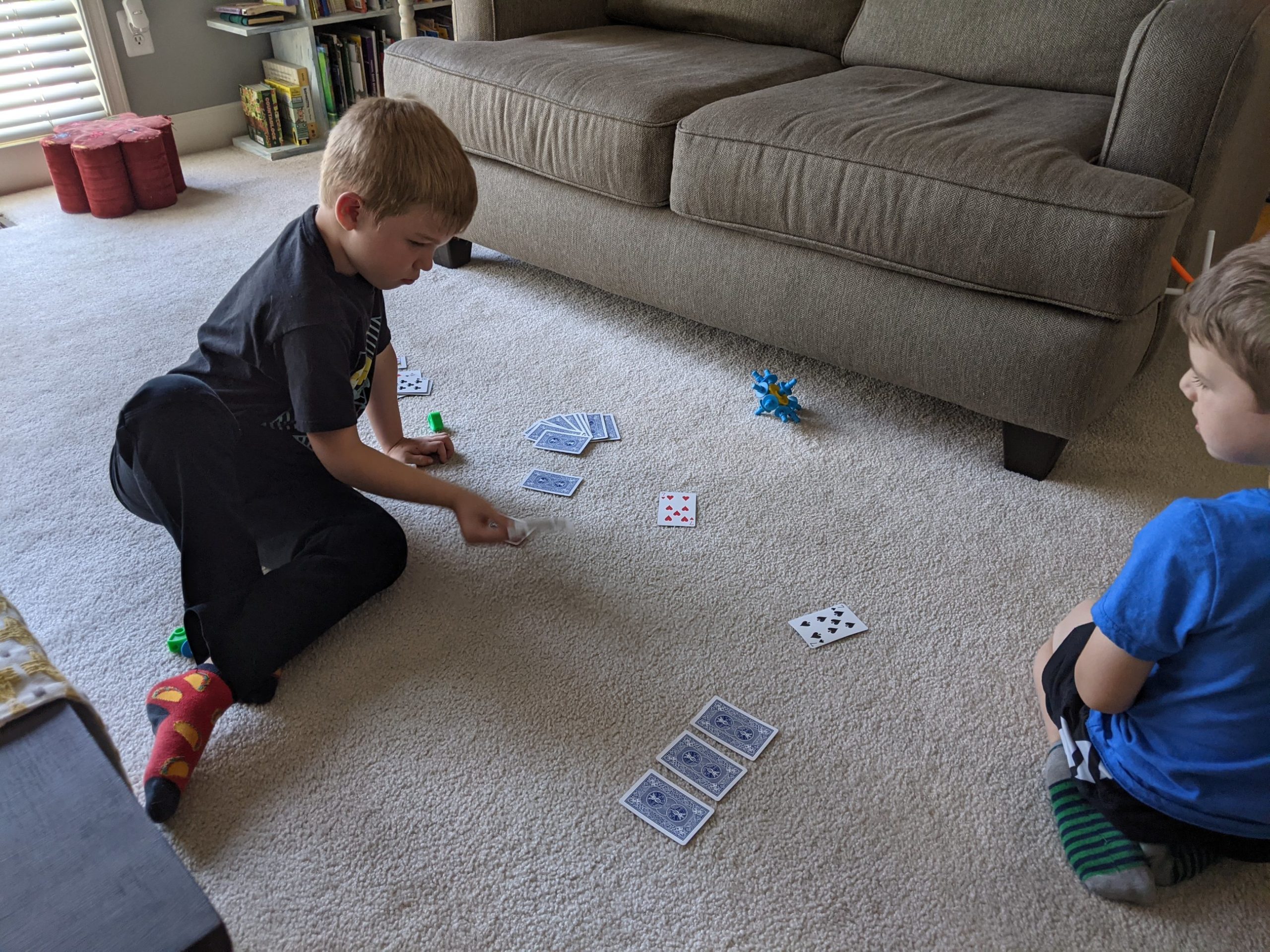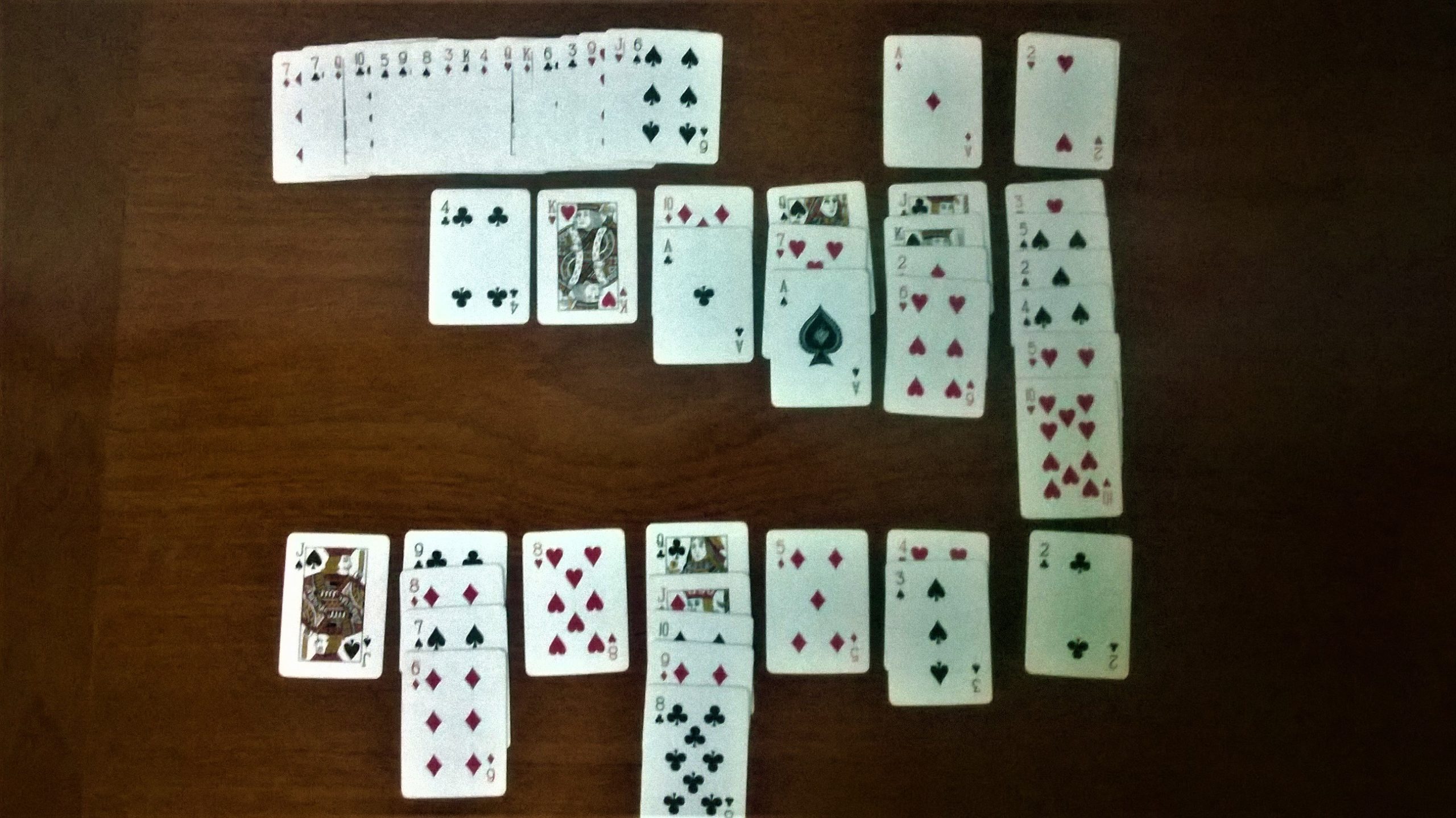Since there are so many different types of card games, everyone can find at least one that they enjoy. Card games have been around for centuries because they are entertaining. The difficulty of the games likewise reflects this broad variety. Everyone, including children, may learn and play a variety of card games that are challenging, strategic, relaxing, and simple.
Earliest References for Playing Cards
According to scholars, the Chinese are credited with creating playing cards around the ninth century. Their patterns and symbols resembled the old Chinese paper money. This shows that people exchanged these cards in a manner similar to how we do it today. Playing cards were not a novelty in Europe until the 13th century.
The Chinese and European card playing styles were very dissimilar. Many of these fashions are credited to a great knight by the name of Etienne Vignoles. In the early 1500s, France invented the four card suites that we use today: Hearts, Diamonds, Spades, and Clubs. Around the year 1462, England soon adopted the same arrangement. The War of the Roses, which is frequently culturally related to the images on current playing cards, was in full swing at the time.
Having said that, when it came to producing playing cards in the greatest quantities, Germany definitely took the prize. With a significant rise in distribution and accessibility, this led to an increase in popularity for card games.
10 Different Types of Card Games
There are many different types of games that use cards. Their objectives and rules might differ greatly, making each one distinct and difficult in its own way. Nevertheless, despite the great differences between them, they can be classified into particular categories of card games based on their distinguishing features.
1. Trick-taking Games
Trick-taking card games are among the most popular types of games with two or more players. There are numerous different games that fall under this category, but most of them are “outplay games,” which require each player to play their cards (or tricks) out of their hand. There are numerous rounds in these games.
Every game has a unique objective. You could be required to collect as many tricks or score cards as you can, a predetermined number of tricks, or even not take any tricks at all (penalty cards).
Euchre, Bridge, Hearts, and Spades are some games that use trick-taking.
2. Shedding Games
Each player has a hand to play and must discard their cards in these types of card games, as their names suggest. The person who discards all of their cards first wins the game.
UNO, Crazy Eights, and President are popular board games for Shedding.
3. Matching / Melding games
Other names for matching card games include rummy and melding. The main objective of these games is to match pairs of cards.
You must match (or meld) a particular set of cards in melding games before your opponent can. Similar to shedding games, the objective of some matching game varieties is to match the cards in order to discard them. The winner is the first person to discard all of their cards.
Examples of melding card games are Canasta and Rummy.
4. Solitaire / Patience games
Card games with just one player include solitaire and patience. The name “solitaire” refers to a wide range of card games with various tableau layouts and objectives.
The objective of the most well-known variations, including Klondike, Spider, and FreeCell, is to construct card sequences and foundations by suit in a specific order. Many popular solitaire games, such Tripeaks and Golf, have a matching component where the player must pair the cards in order to eliminate them from the tableau until none are left.
5. Vying games
To compete or contend for superiority with a rival is to vie. So-called “vying games” are ones in which players compare their hands to see which one has the best possible combination of cards. Other names for competing games include “comparing” or “showdown” games.
Poker and the majority of other gambling games fit within this category.
6. Banking games
Banking games are traditionally understood to be less-skilled casino games where luck is more important. Two of the most popular casino games are blackjack and baccarat.
These games stand out because players must wager on having or eventually gaining stronger cards than the dealer (or banker) who they are playing against. The dealer is the house’s agent when you play at a casino. To equalize the chances of winning when playing at home, the banker position may be alternated between the players.
7. Staking games
These kinds of card games are wholly dependent on chance. The players merely staked money on the likelihood that a particular card would appear on the table.
This group includes the game Trente et Quarante, usually referred to as Rouge et Noir, which is well-liked in European casinos. A staking game is faro, one of the oldest card games still played in several casinos in Nevada, USA.
8. Fishing games
Despite the fact that the Anglo-Saxon nations did not fully experience their success, fishing games are very common in many cultures throughout the world. There are a number of these card games just in China, and the Scopa game is also one of the national card games in Italy.
Each player often receives a hand in these games, and the remaining cards are laid out face-up on the table. On their turn, each player plays a card. The player can capture their card and save it face-down next to them if it matches any of the cards on the table. If there is no match, the card is added to the layout and the next person takes their turn.
9. Catch and collect games
The catch and collect card games are often the ones with the most straightforward gameplay out of all the other kinds of card games. They are seen as a pleasant way to introduce a deck of cards and the worth of each card to the younger ones and are frequently played by children.
War is the most played game in this genre. A deck is divided equally between the two players in this game. The top card from each player’s deck must be revealed simultaneously by all players. The higher value card catches the other, and both are added to the “battle” winner’s deck. The winner is the first person to collect every card.
10. Collectible card games
The catch and collect card games are often the ones with the most straightforward gameplay out of all the other kinds of card games. They are seen as a pleasant way to introduce a deck of cards and the worth of each card to the younger ones and are frequently played by children.
War is the most played game in this genre. A deck is divided equally between the two players in this game. The top card from each player’s deck must be revealed simultaneously by all players. The higher value card catches the other, and both are added to the “battle” winner’s deck. The winner is the first person to collect every card.
Easy Card Games You Can Play Anytime
Here are a few straightforward card games that you may play anytime, whether you’re doing it with loved ones, close friends, or children, or even by yourself when you just want to relax and have fun.
1. Crazy Eights
A shedding card game that accommodates two or more players is called Crazy Eights. Simply get rid of all of your cards is the objective. Whoever completes it first wins. Its gameplay is extremely similar to that of UNO (minus the special plus cards that drive everyone insane).
A card is placed on the table by the first player. The following player may top it with either a different card of the same suit or a card of the same value but a different suit. For instance, any other diamond-themed card or a Jack from a different suit can be used to top a Jack of diamonds. Even if they hold a playable card in their hand, the players are free to draw a card whenever they like from the pile.
The special cards in the game are the eights. You can play them on top of any card (regardless of its value or suit) and then decide which suit the following player must play.
2. Go Fish
Go Fish is arguably one of the most well-known card games ever created, especially among young people. The game may differ slightly depending on the country (most notably in terms of how the stock is shown on the table and who you can ask for cards from), but the basic idea is the same worldwide.
The objective is to create as many “books” of four cards as you can, for example, four Kings make a book, until no cards are left on the table.
Each player gets five cards if there are four or five players. The players then alternately ask one another for cards. The name of the individual and the cards they desire must be spoken aloud (e.g., “Bill, I want Fours”). The other player must turn over the requested cards if they are in their possession. Otherwise, they yell, “Go Fish! and a card must be drawn from the pile by the person who is requesting for it. They have another opportunity to request more cards if they end up drawing the card they initially requested. If not, it will be the turn of the following player.
3. Tripeaks
One of the Solitaire games with the simplest rules is Tripeaks. All you have to do is keep collecting cards until there are none left on the table, whether they are one number higher or lower.
Three pyramids are placed on the tableau to begin the game. Except for the bottom row, all cards are in the down position. The next step is for players to take a card out of the pile. They can take those from the tableau that are one number higher or lower based on its number. The basis for the following turn is the card that was last removed. For instance, if you start with a 3 and take a 2 out of the pyramids, your only options for collecting on your turn will be a 3 or an ace.
Only when a card on the tableau is free can you turn it forward (they have no other cards on top of it). You are allowed to reveal one stockpile if you are unable to gather any cards from the pyramids. But take caution! You can’t utilize it once that pile is finished.
4. War
Two people can play at war. To win the game, you must collect the entire deck.
A 52-card deck is used, split equally among the players. They must arrange their cards in front of them face down. Then, a card is simultaneously turned up by each participant. The player who has the highest number wins and gets to move the additional two cards to the bottom of their pile.
If the game ends in a tie, war will break out! Each player takes a card from their stack and lays it face down on the playing surface. Then they pull a card from the stack. The winner is the player who gets to keep the cards that started the conflict, those that were used in the actual combat, and the face-down cards (6 cards in total).
5. Snap
Snap is one of the most fun and challenging easy card games to play, but it also requires a lot of concentration. Although the written rules may appear complex, the actual gameplay is really straightforward, and you will quickly pick everything up.
A 52-card deck is used, which is dealt to each participant one at a time. The number of cards a player receives is irrelevant. To gather every card is the objective.
Each player is presented with a stack of cards that have been dealt face down. One by one, they each come out and set their object face up next to the first pile. The player who shouts “Snap!” first wins both face-forward heaps, their own and the other player’s, and they also have the option of moving the other player to the bottom of their own face-down heap. When a player flips a card that matches one that is face up on the table, something happens.
If both competitors shout “Snap!” simultaneously, creating the “Snap pot” out of their stacks, the player who sees a card that matches the card on top of the “Snap pot” can say, “Snap pot!” and get those playing cards.
Until one player has the entire deck and proclaims victory, the round of play continues.
6. Old Maid
A popular and simple card game for groups of people is called Old Maid. The objective of the game is to try to avoid becoming an old lady because nobody likes to be called that.
The game is straightforward. There is no Queen in the normal 52-card deck used for this game. Up until there are no more cards remaining, the players must form and discard pairs of cards. When a player receives an odd Queen, she or he becomes the Old Maid and forfeits the round.
The players get each card from the dealer one at a time. It makes no difference if a player draws more cards. They must first separate any possible pairs. After spreading their cards out face down, they invite the player to their left to choose one from among them. The player may discard it if they make a pair. Otherwise, they spread their own cards and make them available to the following player. The game continues until just the odd queen is left after all potential couples have been constructed.
7. Solitaire Klondike
One of the most well-known card games in the world is Klondike, sometimes referred to as classic Solitaire or just Solitaire. Being a simple card game to learn and play as well as being one of the first games included in Microsoft’s Windows software undoubtedly helped it gain more popularity.
The objective is to arrange the cards into four piles (foundations) according to suits, starting with the aces and moving on to the kings. The 52-card deck used in the game is conventional. On the tableau, 28 of those are arranged into 7 columns while the remaining ones are maintained in a stockpile. The players must turn the cards on the tableau by forming decreasing sequences in order to lay the foundations (from king to ace). The stockpile contains cards that the players can utilize to help them create certain sequences.
8. Memory
Memory is a well-known matching card game that is frequently played by kids using customized decks as a learning tool. It can, however, be played using a regular deck. To create and gather pairs of cards is the objective. The game is won by the player with the most pairs remaining.
On the table, the cards are arranged face down. At a time, each player reveals two cards. They can take them from the table if they pair off. If not, they decline the cards once more.
Because the player must memorize the location and number of the cards that have already been turned up, the game is named “Memory.” In this manner, they can easily turn up a pair of cards when a matching card is dealt.
Conclusion
Cards are great to carry around because they can be entertaining and appropriate for a range of ages. Whether you’re searching for something entertaining, hard, or a game with many strategies, you can access a variety of games using the same deck of cards.
